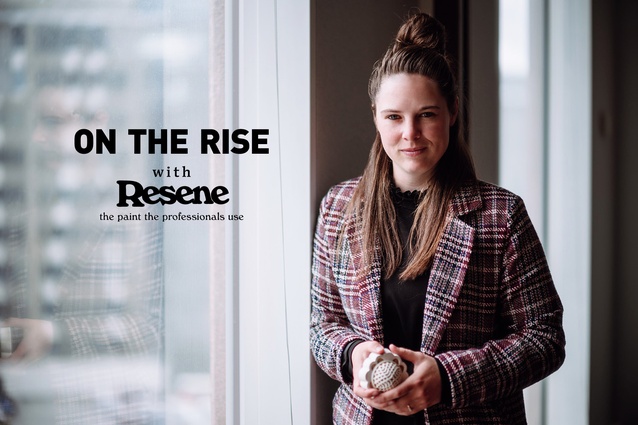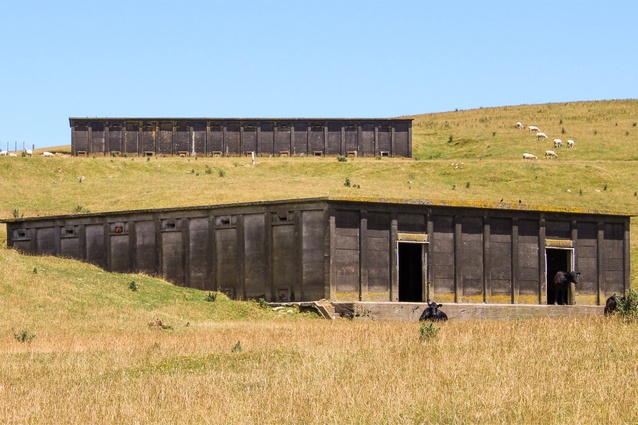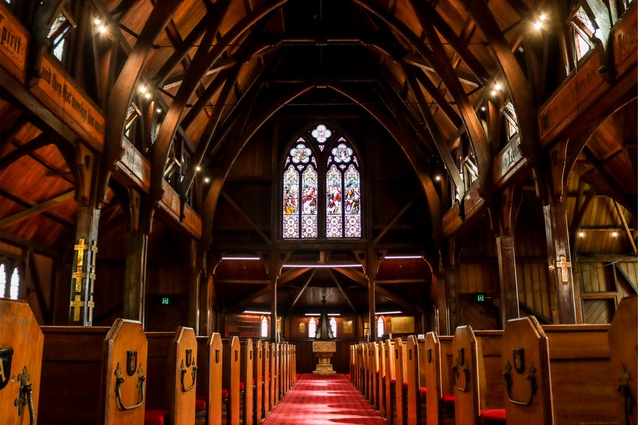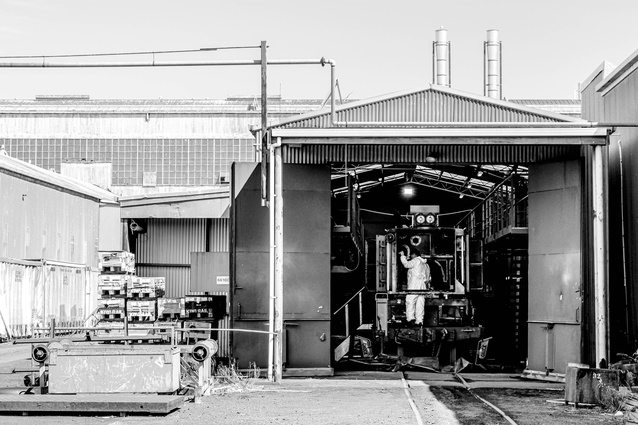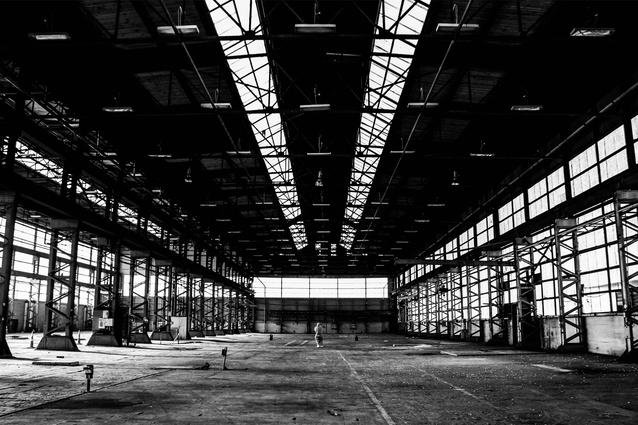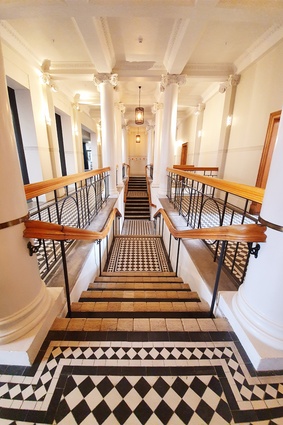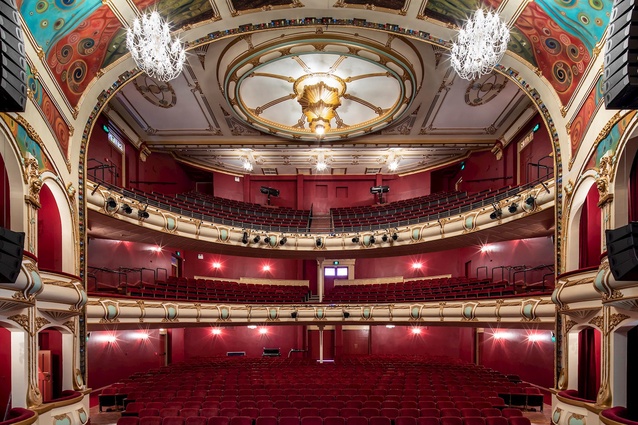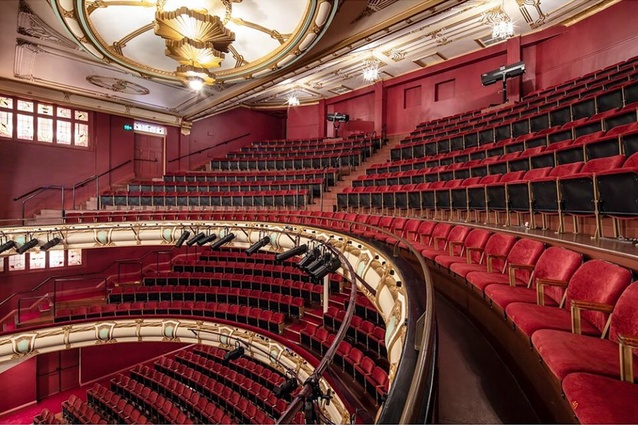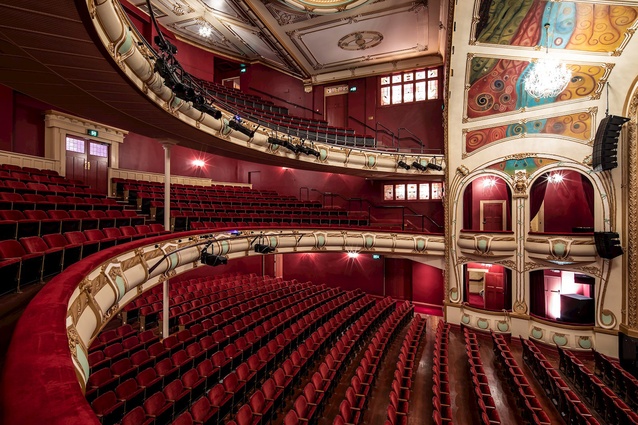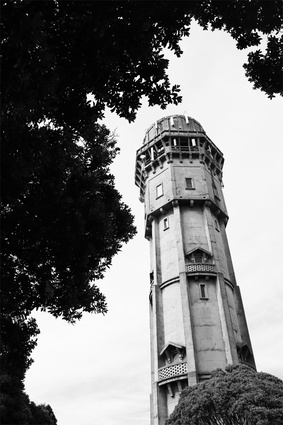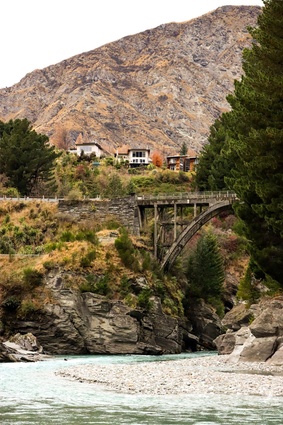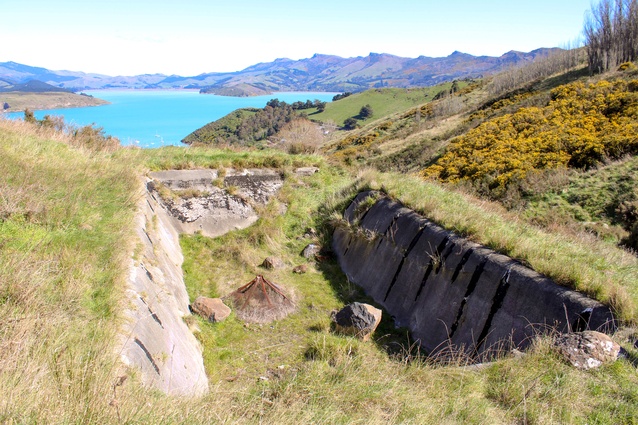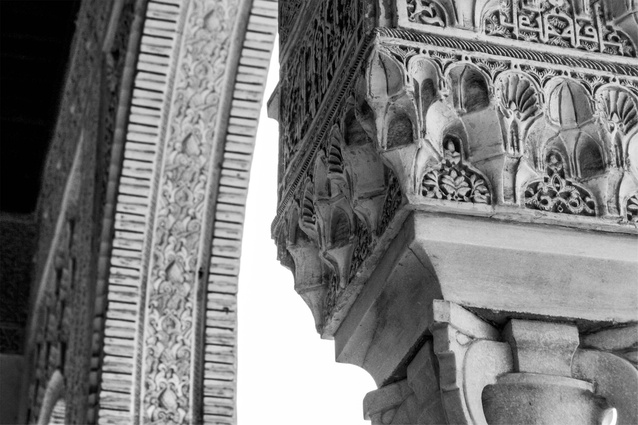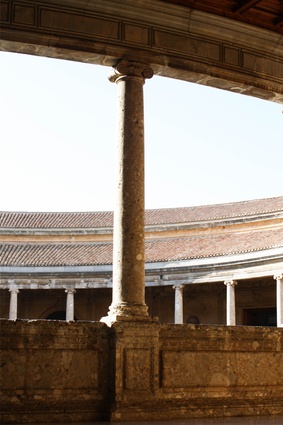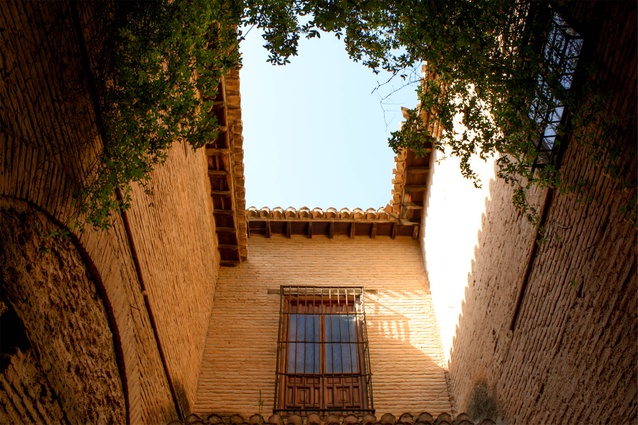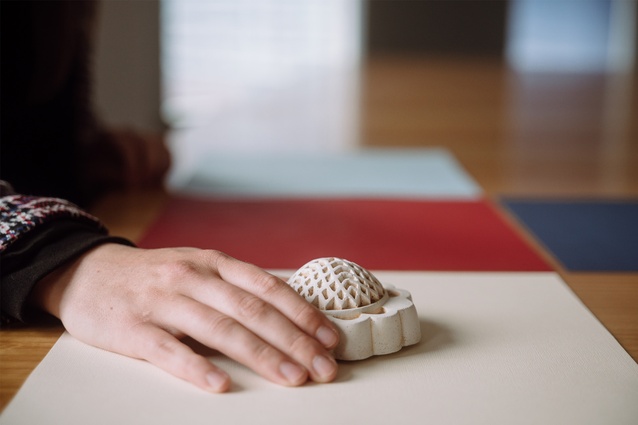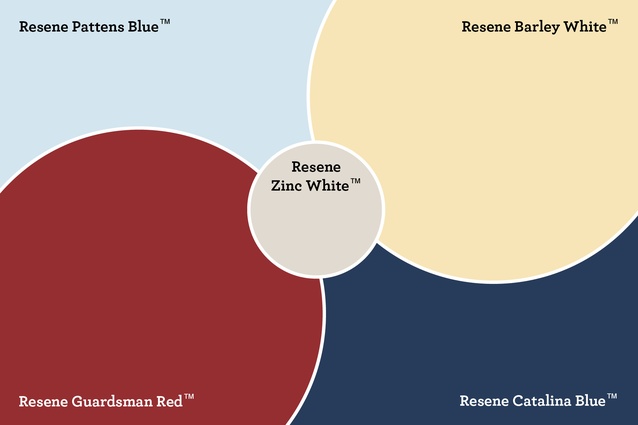On the Rise: Alex Pirie
ArchitectureNow's On the Rise series, supported by Resene, profiles young designers from across the country who are shaping the future of the industry. This month, we talk to Wellington-based architectural grad Alex Pirie of WSP NZ, who specialises in heritage architecture. She talks fervently about the unique opportunities and experiences she's encountered in an often overlooked sector of architectural practice.
Jacinda Rogers (JR): Have you always been interested in architecture and what about it appeals to you personally?
Alex Pirie (AP): I can’t say that I was always interested in architecture. I applied last-minute and got into the architecture programme at the University of Auckland. To be perfectly honest for the full five years, I wasn’t 100 per cent sure about it, especially getting into the later stages. The focus was all on design, design, design, and while I enjoyed it, I wasn’t quite as passionate about it as some of my peers. The ‘History, Theory and Criticism’ papers were my bread and butter. My classmates would say “we’ve got that terrible essay that we have to write”, and I thought “yes(!)… this is great! Awesome, give me all weekend, I’ll spend too much time on it” (laughs)… At the time, those papers were treated as a background topic, so I thought it clearly isn’t very important to anybody offering jobs and there was no visibility of heritage as a potential job opportunity at all. I know The University of Auckland has since introduced a Masters in Heritage and Conservation, which is great to see.
(JR): Was there a lightbulb moment that solidified your interest in heritage architecture?
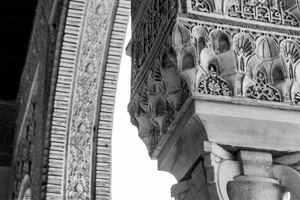
(AP): I’ve always had an interest in history and I’d never considered putting the two interests together. I hit panic mode in my master’s degree in years four and five and I thought what am I going to do, because I didn’t really want to end up at a design firm and it wasn’t until I went on a study tour in third year, when we went to Spain and Portugal and saw incredible heritage architecture (The Alhambra in Granada a highlight), I thought “well, this is what I’m interested in, now how on earth do I get a job in this”! (Laughs)…
(JR): What was it about the Alhambra that captured your imagination?
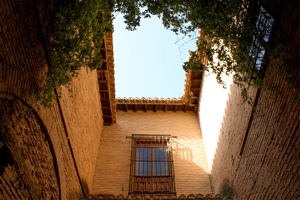
(AP): It’s a garden palace, and as you walk through it you can imagine the events that took place within its walls and the changes to the place over time. The storytelling aspect of it was a particularly interesting part to me and that’s what I’m still interested in today. The work that I do is essentially telling the story of a place and how it’s changed over the years, the people that occupied it and the events that happened there. I’m just a bit of a history nerd (laughs)…
(JR): And creatively, what’s it like designing for heritage architecture compared with typical architectural design theory?
(AP): I always found it completely terrifying being given a blank piece of paper and being told “go, make something”. That to me is completely overwhelming, it was too much freedom. I much prefer to be given a tiny little box and be told “right, work some magic within these parameters”, which is exactly what working with heritage buildings is like, because the margins are so strict between what’s acceptable and what’s not acceptable. I find it really challenging to try and work within those fractional limits, and as a result, the magic you can create in those spaces is powerful. That’s what gives me a kick. Not a big blank piece of paper, don’t do that to me!
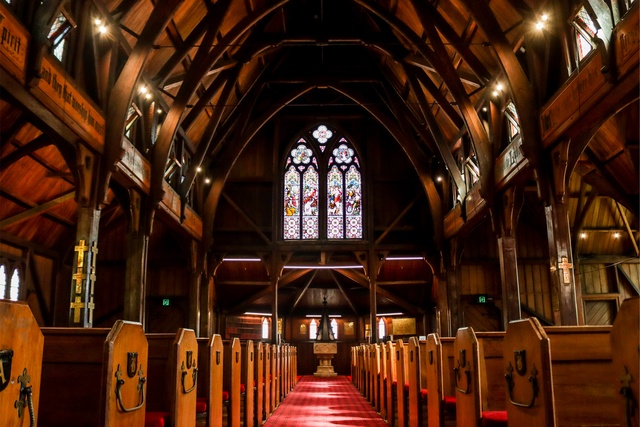
(JR): I’m intrigued, in that design-driven class environment how did you come to consider heritage architecture as a career path?
(AP): I had a friend who sat me down at the end of my thesis year who could see I was very befuddled, lost and panicked about the future and they asked “what is it that you’re interested in?” and I told them “old things” and they said, “well you need to go and look at firms that align with that”. I emailed some firms and was lucky enough that one emailed back and gave me a paid internship throughout my final year in the master’s degree and from there I had a foot in the door and they offered me a full-time job after graduating. But unless I stepped out and contacted them myself, I would never have known, because at the time it wasn’t advertised as an option through the standard university work experience placements. So, my hope is to make heritage a more visible career opportunity for people that are studying architecture.
(JR): Heritage architecture often gets put in the ‘too hard basket’ by the public as well as governmental institutions. What is your response to that?
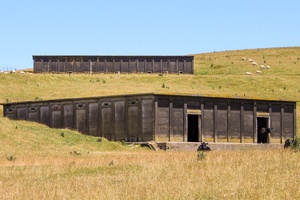
(AP): One of the major problems we’re facing is heritage building owners don’t have a proper maintenance schedule for their buildings, they’ll just defer, defer, defer and then they’ll come to us after 10, 20, 30, 40 years with accumulated issues. So we (at WSP) are big advocates of undertaking regular maintenance work and paying ‘x’ amount each year to maintain a building as opposed to doing nothing and then paying an absolute fortune later down the road, which leads to the reputation that heritage has as being really expensive.
In terms of legislation, at the moment there are 61 territorial authorities across the country, and every single one of those entities has different legislation on heritage and that makes it incredibly messy in trying to protect these treasures. A national framework would streamline the process of protecting heritage and make it much easier to understand not only in what you can do to heritage buildings and structures but in terms of how we identify items of heritage value.
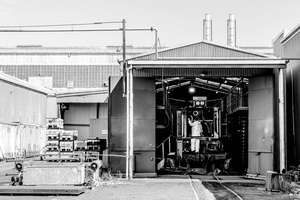
The other thing that we could do more of, is spotlight successful heritage outcomes. You see a lot of glitzy, flashy new apartment blocks, splashed across magazine covers, but it’s not often that you see heritage building refits and adaptive reuse celebrated. There’s this underlying opinion in the architectural community that heritage is a progress blocker, that it gets in the way and makes everything really complicated. Instead of seeing it as a problem, I’d love to change that perspective to be one of opportunity instead.
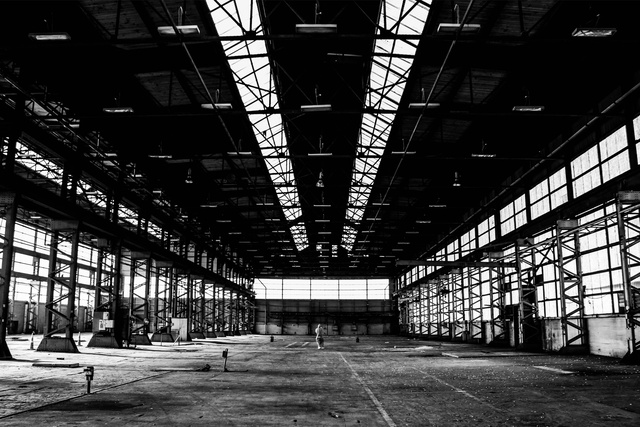
JR: Looking through the photos of your work, you’ve got towers, opera houses, bridges, statues, railways… What projects that you’ve worked on are your favourites?
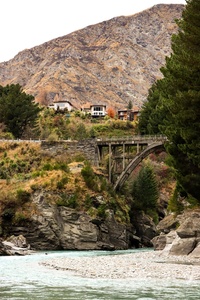
(AP): I’ve got a very special soft spot for bridges. It’s incredible when you consider some were built in the mid-1800s, and the technology, the materials, the building knowledge and the terrain that they had to build in, and these structures are still standing today and still being used. I am completely transported when I go to a bridge that was built 150-odd years ago and can look at it and know that it is pretty much exactly how it looked when it was first built.
From my years outside of WSP, the Hawke’s Bay Opera House was a really great project. I did the colour scheme for the ceiling which is the focal point of the entire building. But honestly, since starting at WSP almost every project is a highlight because of the range of work that we get to do. Bridges, towers, courthouses, dams, tunnels… I was sent to see some abandoned railway tunnels in Gisborne and had to put a full hazmat suit on and wade through dark tunnels with headlights on and I never thought I’d be doing that! I also got to visit a historic railway site in Dunedin. Same sort of thing—asbestos class A—so had to put on a full hazmat suit and filter and got to crawl about in the roof. The work I did on Cathedral Square was particularly inspiring because everyone knows the place and the history goes back to the first landings in Christchurch. Honestly, I could go on for quite a while, to be honest (laughs)…
Another great aspect of working at WSP is the in-house knowledge we have available, being a multi-disciplinary consultancy firm. We have an architectural team who operate in a studio environment, every type of engineer under the sun, and planners, project managers and even hazardous materials experts. Having access to such a broad range of expert knowledge within the architecture, planning and engineering disciplines has really informed my practice and catapulted my learning experience.
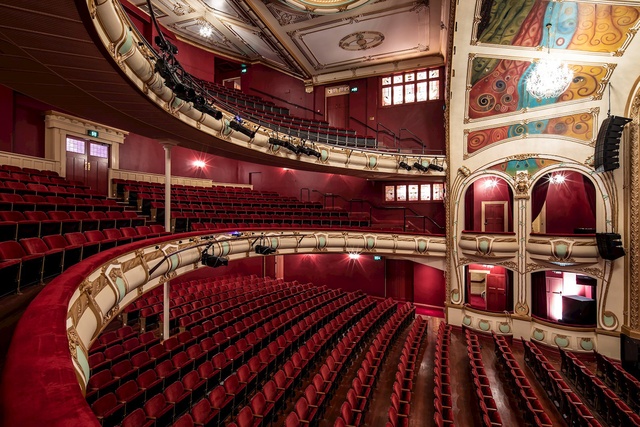
(JR): Is there any final message you have for readers who are practising architects or maybe students of architecture who are interested in the pursuit of this specialisation?
(AP): It’s nice to have heritage featured. I’ve definitely had quite the alternative experience as an architectural graduate. We’ve had a couple of summer scholars come and join us at WSP so the message is definitely getting through. There are not many of us, the heritage community is small and there are very few young people in it—and very few women, so I’m very lucky that my manager (Chessa Stevens) is so supportive of me. She’s a fully registered conservation architect and my role model—a trailblazer in the industry. In terms of changes for the future, I’d love to see an alternative registration pathway recognised for people that have chosen to specialise early in specific fields of the practice, because we bring a unique set of skills that are highly valued, but which don’t always align with the traditional graduate experience.
(JR): And finally, we ask our On the Rise participants to create a mood board using Resene colours. Can you tell us what inspired your colour choices and the plaster-cast sculpture?

(AP): So, the little sculpture is a plaster-cast detail from the Alhambra—a replica obviously, I didn’t steal something off the actual building (laughs). I wanted to include it in my mood board as that was my first real spark of passion and interest in this industry. The colours to me represent the range and the depth of rich colours you’d often see associated with heritage buildings so, really rich, really historic colours. They have both a strength and subtlety to them which is hard to describe… You don’t really notice them until you get up close. They’re also colours you’d traditionally find in national flags and heraldry, which instil a sense of pride and patriotism.
See more from the On the Rise series here.
WSP’s national Head of Architecture Bruce Curtain organises talks at universities across New Zealand each year, together with one graduate architect who shares their experience with students. For information on these talks contact bruce.curtain@wsp.com.

